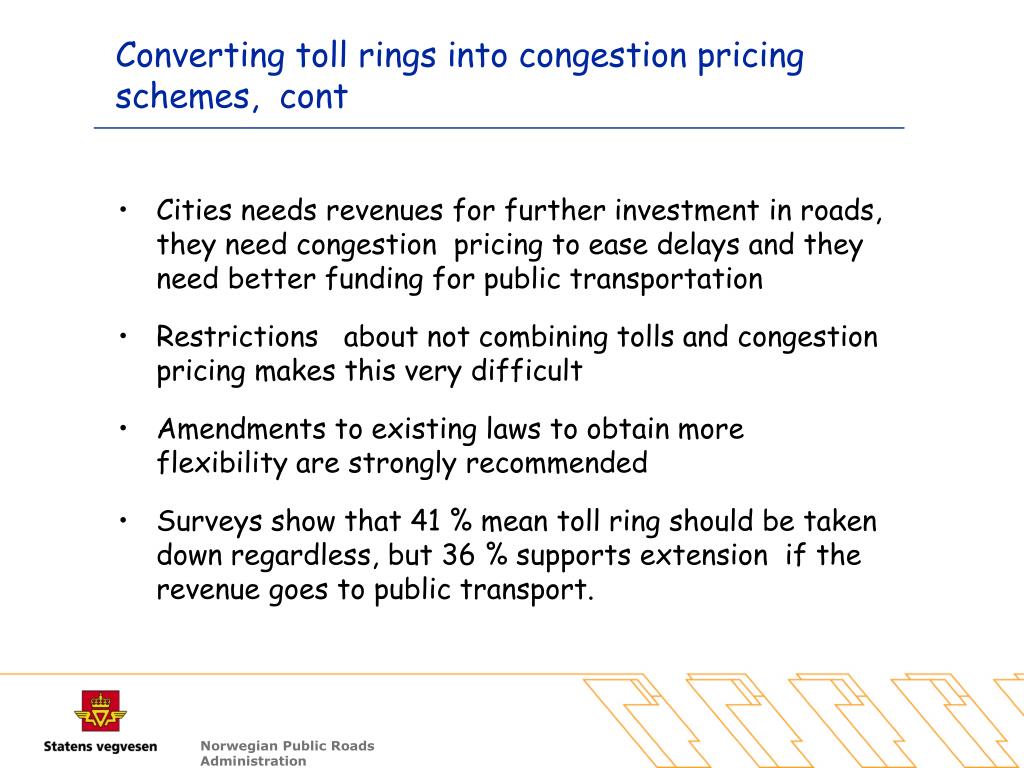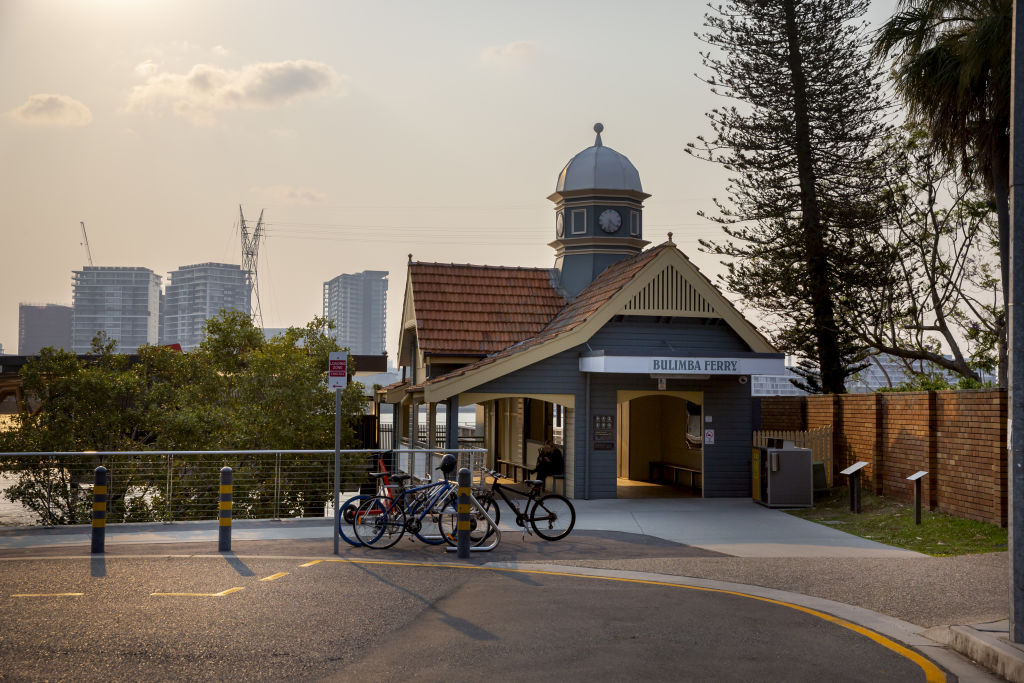

there needs to be $$ spent on public transport 'in lieu of' roads. The solution often put is something along the lines of "until Perth has better public transport, people will continue to drive." These types of studies get to the kernel of what is not quite understood here that it is fruitless spending $$ on roads 'and' public transport. The disconnect is that there is not enough objection and public outrage for the billions of taxpayer dollars spent yearly on extending freeways / increasing road capacity that facilities this type of growth. There seems to be a general recognition by the average punter in Perth that we cannot keep sprawling for environmental and economic reasons. However, if additional capacity exists, then additional trips are generated. So out of basic human decency, that is a trip that was never generated. Regarding increased capacity: If you know someone that works in Osborne Park, you don't ask them to meet you at Canning Vale at 5:25pm knowing they finish work at 5pm because you know it's unrealistic given the traffic. only to experience inertia, and prohibit mode-shift. sheep - placid, patient, follow the leader, don't change unless forcedīuilding additional road capacity is that big shift in an environment Downs was referring to, which actually sees people leaving public transport or cycling and jumping in their cars. explorers - imaginative, aggressive drivers, constantly seeks quickest route ī. route-changing alteration forced on commuter, who then realises benefit of new route Ī. law of inertia (commuters don't change unless a significant event in the environment cuts across the 'route-decision threshold') ģ.

minimising total amount of time travelling, based on income, cost of transport, place of residence, comfort level Ģ.

"On urban commuter expressways, peak-hour traffic congestion rises to meet maximum capacity"ĭowns suggests a complex set of forces that influence travel mode ġ. In 1962, Anthony Downs wrote the Law of Peak-Hour Expressway Congestion explaining that congestion was not a result of poor planning by highway engineers, rather it was the operation of 'traffic equilibrium', that sees increased capacity quickly fill up (regardless of population growth).


 0 kommentar(er)
0 kommentar(er)
